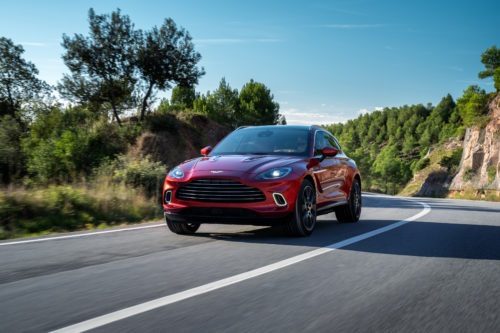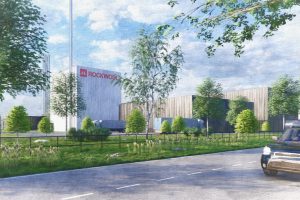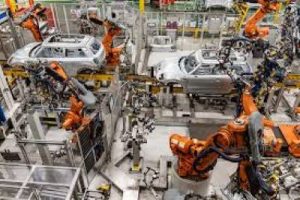Aston Martin continues down bumpy road

Luxury car manufacturer Aston Martin Lagonda says the first half of the year presented the firm with challenges resulting in more than 350 DBX707s that it had planned to deliver in Q2.
It also still awaited final parts, consumed tens of millions in cash and temporarily limited its ability to meet the strong demand.
Aston Martin’s executive chairman Lawrence Stroll said: “We have now started to deliver these vehicles in July and expect further improvements in the supply chain as we move through H2, supporting the delivery of our full year targets.
“As a result of the working capital build in H1 and our expected second half performance, we now expect to generate positive free cashflow in H2, resulting in a significantly higher cash balance at year end.
The firm has seen its gross profit increase by 31% year-on-year to £188m (H1 2021: £143m).
It says its results reflect its improved pricing and mix, as well as efficiency benefits, which have been offset by higher manufacturing costs.
The luxury car manufacturer also reported an operating loss of £90m included a £47m year-on-year increase in depreciation and amortisation.
There has been a strong demand across product lines with GT/Sports cars fully sold out into 2023 and DBX orders more than 40% higher year-on-year.
Earlier this month the firm announced a £653m equity capital raise, which will also see the arrival of the Public Investment Fund (PIF) as a new anchor shareholder with a 16.7% stake.
Stroll said the move will “transform our balance sheet, significantly improve our liquidity and cashflow profile, provide greater clarity on our pathway to become sustainably free cash flow positive from 2024, as well as creating significant shareholder value”.
Aston Martin Valkyrie programme has now delivered 27 vehicles and assembled 38 in H1 2022.
Lawrence Stroll, Executive Chairman commented: “We have continued to make strong progress in our vision to become the world’s most desirable, ultra-luxury British performance brand during the first six months of 2022, despite supply chain challenges in Q2”.








